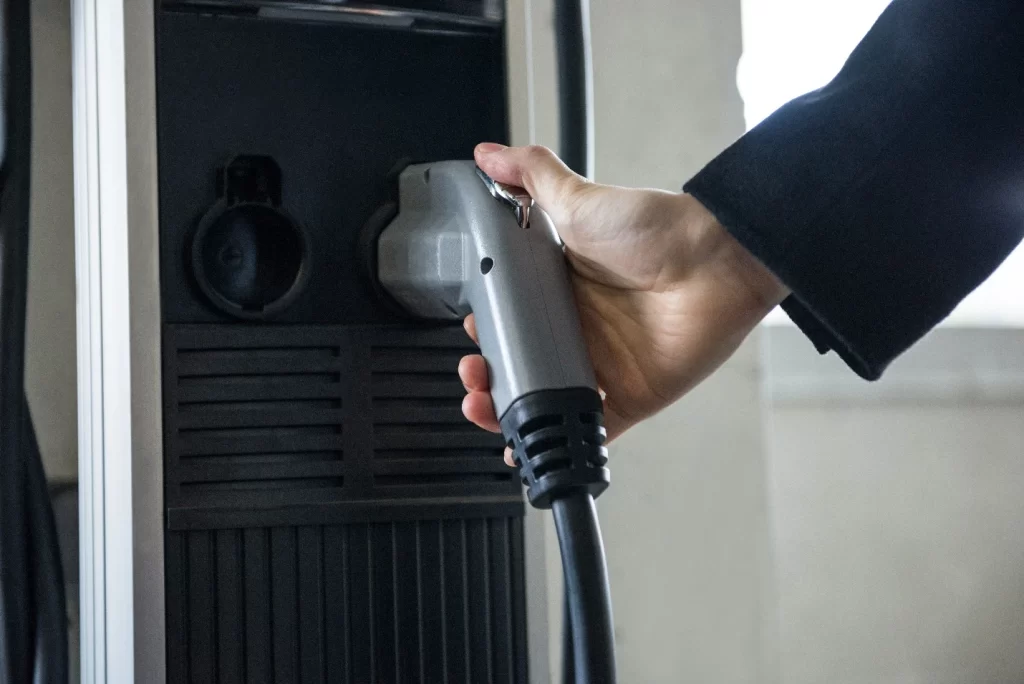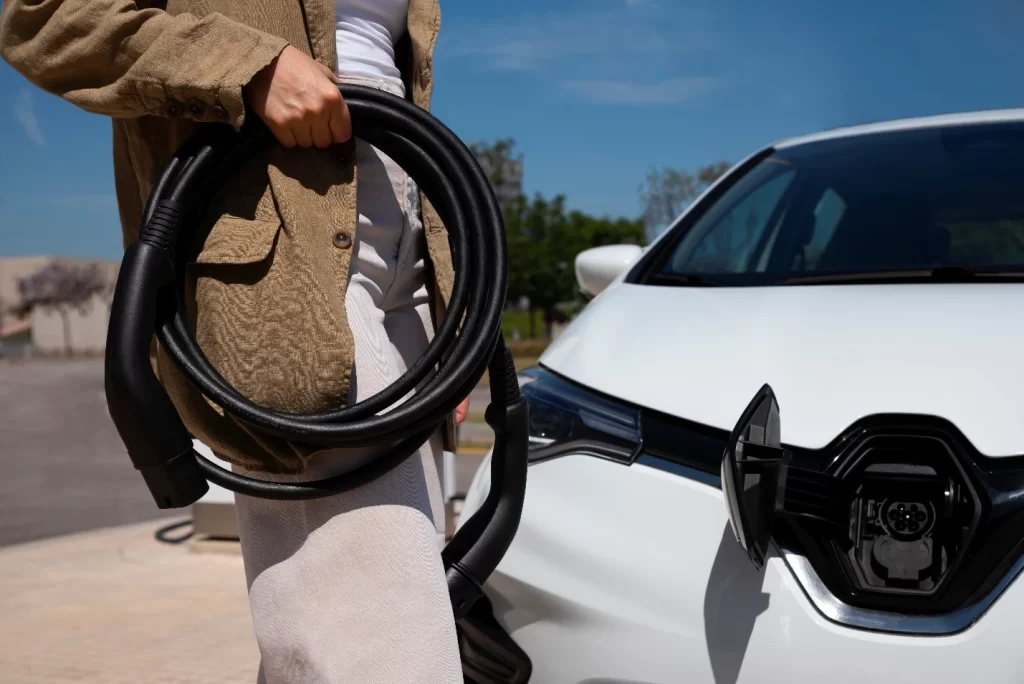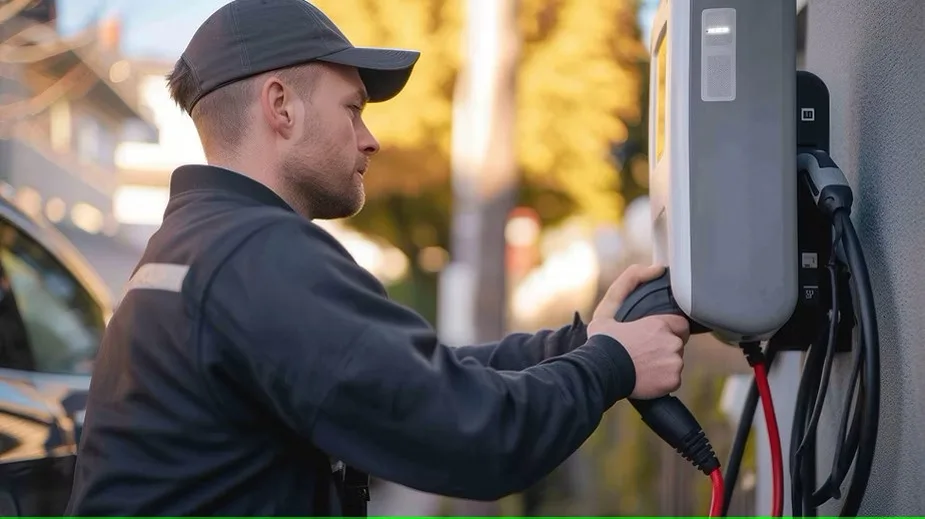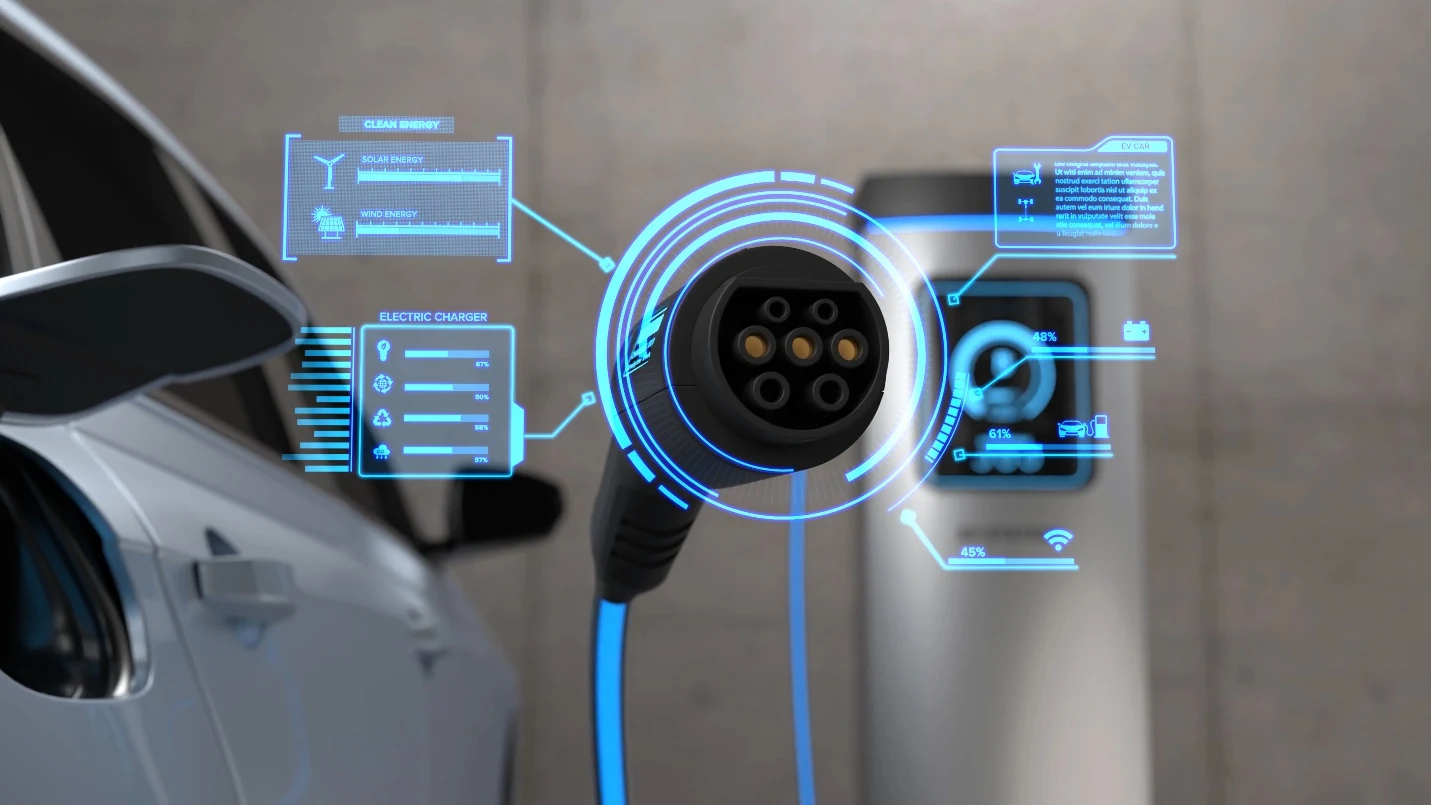Summary
Software updates and cable maintenance are essential EV charger maintenance tasks. Neglecting them can lead to costly consequences such as equipment breakdown, electric shocks, fire outbreaks, slow charging, charging downtime, and regulatory sanctions.
Table of Contents
Introduction
Like every other complex technology, EV chargers require regular maintenance to keep them in top shape and ensure optimal performance. However, most charging station operators don’t acknowledge the importance of EV charger maintenance until problems start manifesting.
Depending on the scale of the problem, the consequences of not maintaining your charging station can range from mild to very serious. Therefore, it is recommended that you schedule maintenance at least once a year and regularly inspect and clean your equipment.
Key components such as charging cables must be stored safely to prevent damage, and software updates should be installed as soon as they are available. This article examines the hidden cost of skipping charger maintenance on your business.
Understanding EV Charger Maintenance

The Role of Software Updates in EV Chargers
Software updates help enhance customer satisfaction by providing faster charging speeds, an interactive user interface, and a safer payment procedure. The following are the importance of updating your software:1. Addressing Cybersecurity Threats
EV charger updates protect users from cybersecurity threats such as hacking attempts, which can compromise users’ data and the safety of your charging system.2. Ensuring Compatibility with Several EVs
Software updates improve the capacity of your charging infrastructure, ensuring seamless integration with various electric vehicle (EV) models.3. Compliance with Global Standards and Regulations
It is paramount that your charging infrastructure adheres to evolving global standards and regulations. Software updates ensure that security patches and data privacy policies comply with relevant standards and regulations, preventing business loss, fines, and damage to reputation.4. Improving User Experience
Electric vehicle (EV) chargers can be more interactive and easier to use. Software updates improve their operability, anticipate user needs, improve charging speed and efficiency, and ultimately, increase user satisfaction.The Impact of Neglecting Charging Cable Maintenance

1. Reduced Charging Efficiency
When your charging cable is not correctly stored and maintained, it will develop wear and tear, affecting its charging efficiency and speed. A damaged cable can also cause inconsistent charging, which is the leading cause of EV battery damage.2. Safety Risks
If your charging cables are damaged, they become a safety and fire hazard. Frayed or twisted cables operate inefficiently, forcing the entire system to work harder and leading to overheating. An overheated cable can easily ignite flammable materials and cause an explosion or electrocution.3. Increased Downtime and Maintenance Costs
The longer you neglect maintenance for your cable, the more extensive the damage will be. From random frayed wires and scratches on the surface to slow and inconsistent charging, eventually leading to total system breakdown. In addition to the loss of revenue from the downtime, you will also incur significant repair and replacement costs.The Hidden Costs of Neglect
1. Financial impact
Regular maintenance helps you spot potential problems and solve them before they affect your business’s operation. If minor issues are not promptly treated, they will accumulate, causing further internal damage and eventually leading to a major problem requiring a costly solution.2. Performance issues
Neglecting cable maintenance will reduce operational efficiency, leading to slow and inconsistent charging. At this point, customers will leave your station for one that offers faster charging times and a better user experience.3. Legal risks
Neglecting commercial EV charger maintenance can expose your business to regulatory investigations, fines, and other penalties. It can also result in a loss of reputation and customers.Best Practices for EV Charger and Cable Maintenance

- Regular Inspection: Inspect your EV charger and cable, pay attention to signs of physical damage, loose connections, and wear and tear.
- Cleaning: An essential aspect of ensuring your EV charger’s proper functioning is keeping it safe from dust, dirt, and debris.
- Software Updates: Your charger’s software must be updated to ensure functionality, compatibility with other vehicles, and security of user data and vehicle integrity.
- Testing and Calibration: Conduct routine test exercises to certify proper operation, charging speeds, and connectivity.
- Charger Safety Checks: Assess and address any safety concerns, such as ensuring proper grounding, electrical system maintenance, and protection against harsh weather conditions.
Partnering with Reliable Maintenance Providers
You cut operating and maintenance costs by partnering with reliable local EV charging solutions providers such as Tercero Inc. When choosing a team to partner with, you should consider the following:1. Experience and Expertise
Look for providers with extensive experience in EV charger maintenance for businesses and a track record of success.2. Certifications and Compliance
Ensure the provider complies with industry standards and regulations, such as UL and NEC certifications.3. Availability
Prioritize a provider with 24/7 availability and a fast response time to prevent excessive downtime.Conclusion
Neglecting EV charger maintenance is a recipe for disaster in the electric vehicle (EV) charging business. Skipping critical maintenance can lead to moderate repair and replacement costs and, at worst, catastrophic damage to equipment, personnel, and your business. Preventing any consequence is our priority at Tercero Inc. If you have not had your equipment checked in the past few months or suspect a maintenance issue, schedule a charger maintenance appointment with our experts today. Contact us.FAQs
Charging station maintenance involves software updates, correct cable storage, equipment cleaning, and frequent inspections.
Regular EV charging maintenance costs $200 to $1,300 per year for a level 2 charger and between $3,300 and $10,500 for a level 3 DCFC.
EV charging software enables charging operators and e-mobility service providers to manage all aspects of EV charging, maximizing service delivery and providing an exceptional charging experience.
Poor network connectivity, damaged cables, software difficulties, and voltage spikes are among the most common EV charger faults.
Software upgrades ensure that EV chargers are compatible with newer EV technologies, perform optimally, and address potential security issues.
Check with the manufacturer for recommended update schedules, usually every 6-12 months.
Neglecting cable maintenance can impair charging efficiency, raise the risk of electrical shock or fire, and prematurely wear out the charger and car.
Work with a qualified maintenance provider according to manufacturer requirements and prioritize frequent software upgrades and cable maintenance.
Hidden expenses include shorter charger lifespans, higher energy usage, and significant safety hazards, which can result in costly repairs, downtime, and liabilities.
Inspect your EV charging cables monthly for wear, fraying, or loose connections, and clean the connectors as needed. For commercial or high-use chargers, using software to monitor the chargers is best practice and a professional inspection every 3-6 months helps ensure safety and performance.

